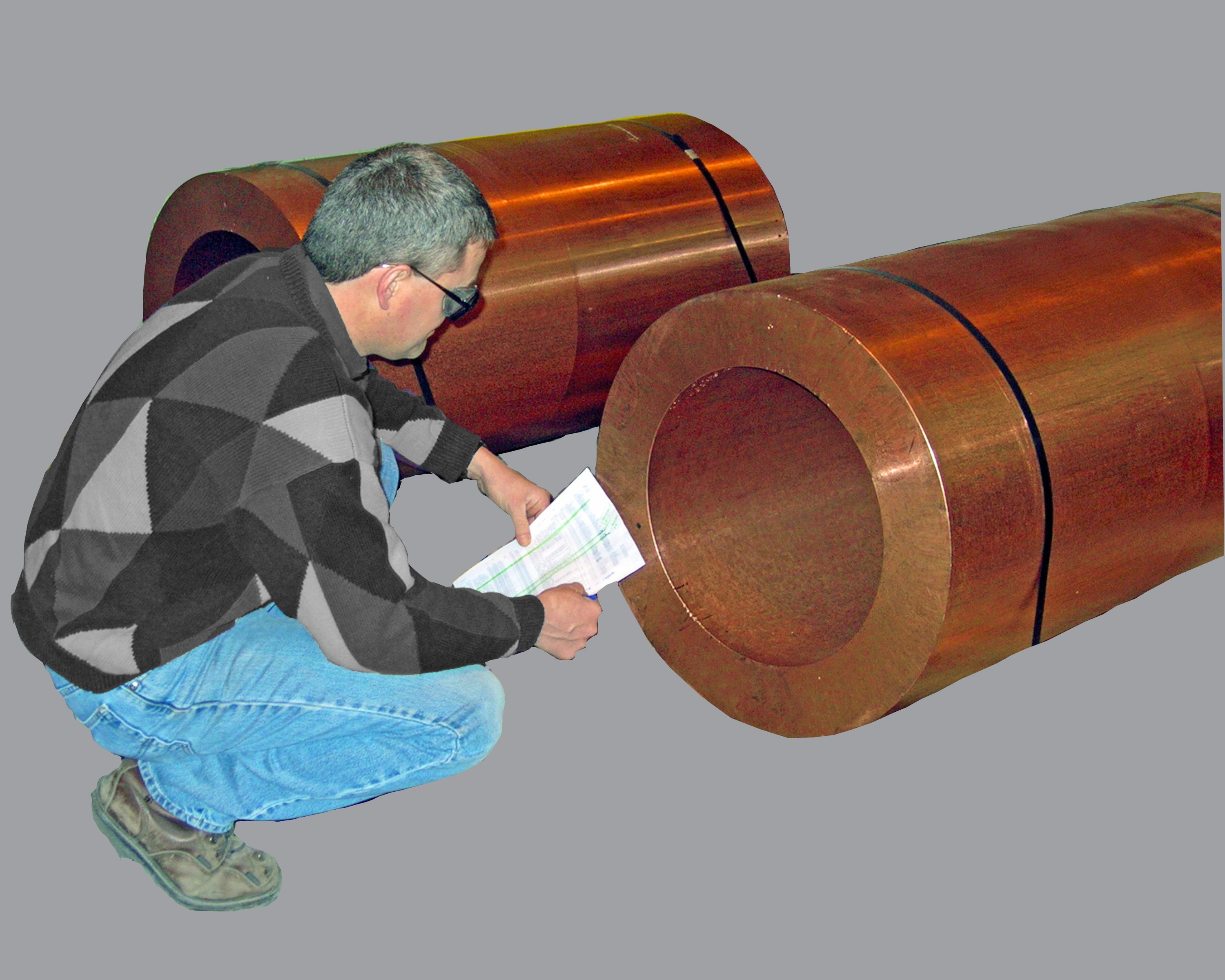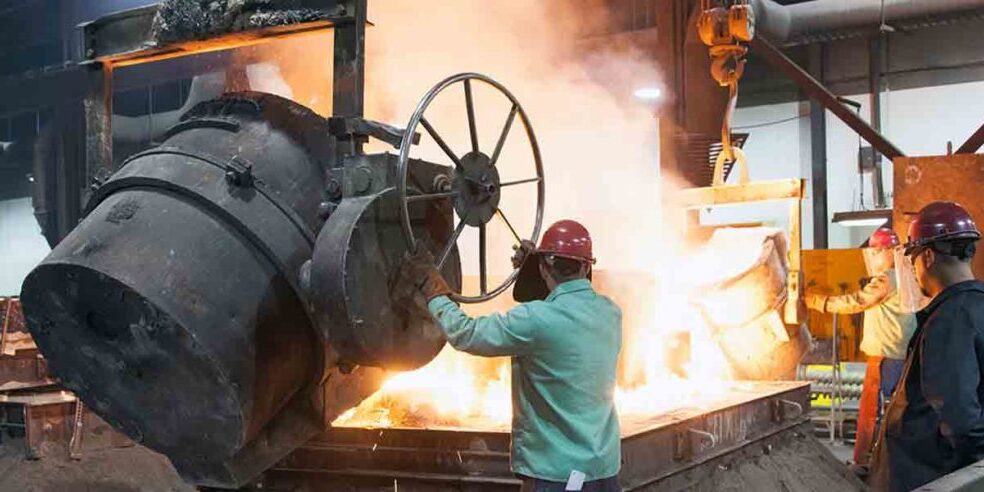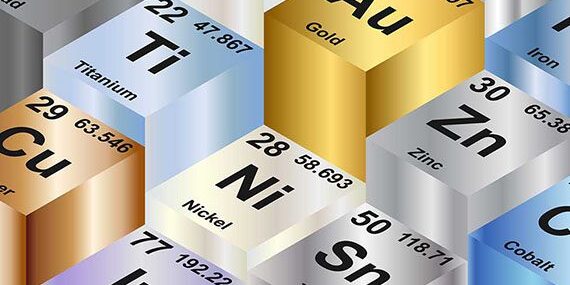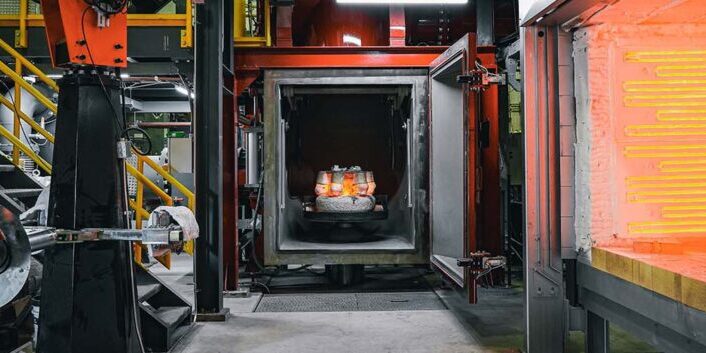Blog The History of Copper
By: Dave Olsen
The “Metals of Antiquity” were the only known metals until the 13th century – and there were seven of them (gold, copper, silver, lead, tin, iron, and mercury). That number has since exploded to a current count of 91.
Copper is one of the earliest identified metals. There is evidence copper was discovered around 4000 B.C., but the metal may have been discovered some 5,000 years before that. UC-San Diego archeologists uncovered a copper foundry at Khirbat Hamra Ifdan near the Dead Sea, a 70-room operation that dates back to about 2700 B.C. – one of the earliest confirmed formal metals factories.
Copper may be used in its (near) pure form, but is often alloyed to produce brasses and bronzes that deliver properties demanded by a specific application. There were significant early pockets of copper development, most notably from 2,000+ years ago in China and in Egypt where copper piping installed then is still intact today. But an expansion in copper’s use is evident in the late middle ages.

It is hard to trace a geographic progression from the very advanced copper regions of Asia, the Middle East, and, to a lesser extent, Europe to the far reaches of the globe. But that advancement in “less developed” areas in smelting and alloying processes appears to have happened in parallel around the world some thousand years ago. Its use and progress did not occur at the same rate. But the Incas in Peru were known to be alloying copper about 1100 A.D., artifacts of copper have been found in western Canada, and Repousse (a form of embossing) ornaments were discovered at Cahokia Mounds outside St. Louis from around that same time.
While important for millennia as a material in currency, jewelry and ornamentation, the real growth in the use of copper corresponds with the Industrial Revolution. Processes to mine and refine on a grand scale were devised to support increased demand for the industrial properties in forming, corrosion resistance, and conductivity that the versatile metal and its alloy families could deliver. Construction, power generation and transmission, transportation (there are 50+ pounds of copper in your car) and electronics markets have relied in no small part on copper for their continued growth.
The Metropolitan Museum of Art displays numerous examples of oil paintings created on copper. Honesty compels us to report that the paintings are normally displayed with the oil side facing out, although the copper side is also quite interesting, at least to our metallurgical staff
We are still pretty early in our “Our History of Metals” series and it is reassuring to know that we still have 80-some more metals to write about, but few will offer as storied a history as copper. We have barely scratched the surface of copper’s rich history; that is not surprising, as copper alloys are well known for their long life and resistance to scratching and wear.



